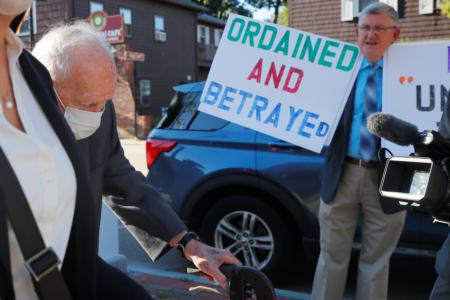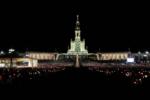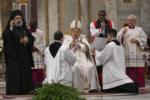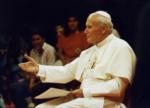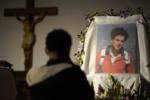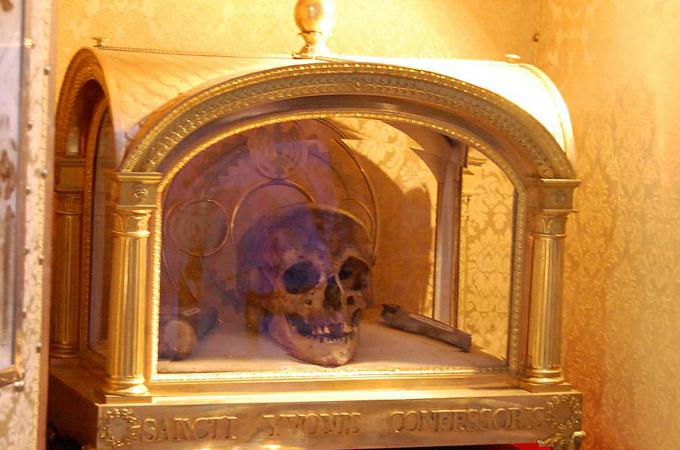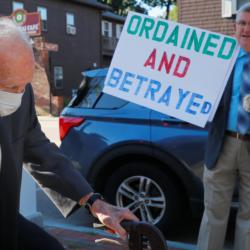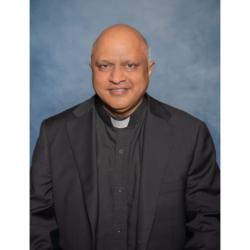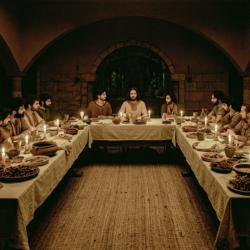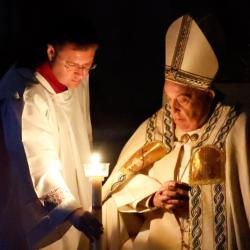Cremation and relics
Q. In a recent answer regarding cremation, you explained the church's position that the cremated remains should be kept together and buried -- not scattered or divided up among family members (for example, in lockets). But I can recall a priest showing us, some years ago, a relic that was a small bone chip of a saint (whose name I have since forgotten).
How can we have such relics, albeit of a saint, when the church precludes the separation of cremains? Isn't that inconsistent? (Bettendorf, Iowa)
A. Relics of the saints have been venerated in the church for nearly 2,000 years -- certainly since the martyrdom of Polycarp in the middle of the second century; and commonly, bones of a saint were divided up with a noble purpose, so that more people could be reminded of the heroic virtue that saint had displayed.
The church's oversight of relics, though, is much more active today than it was in earlier centuries; now, for example, the Vatican no longer grants first-class relics to private individuals, as it once did, but only to churches and oratories for public veneration.
To answer your question directly, one might argue that there is a difference between a saint and an ordinary individual, between the public veneration of relics for the edification of the faithful and the private custody of cremains by family members in lockets.
But part of the answer, too, is that the fragmentation of a saint's remains that marked the church's earlier history would normally not be allowed today. In December 2017, the Vatican released a new instruction on authenticating and protecting relics that noted that the "dismemberment of the body is not permitted" unless the bishop has received permission from the Congregation for Saints' Causes.
Q. Our parish has the practice of auctioning off (for the benefit of our school) selected pews at the Mass celebrated on Christmas Eve. This Mass is overcrowded, and seating is at a premium. Most parishioners arrive 30 to 45 minutes early. The successful bidders usually waltz in just before Mass begins, leaving standing those who did not (or could not) make a winning bid.
In the Vatican's "Instruction on Implementing the Constitution on Sacred Liturgy," issued in 1964, we were told that pastors should ensure that, especially in the celebration of the Mass, "the equality of the faithful is clearly apparent and that any suggestion of moneymaking is avoided" (No. 35). Doesn't this practice violate that directive? (Columbia, Missouri)
A. Your question hits home for me in a personal way. In the parish from which I recently retired (after 24 years as pastor), there was a long-standing practice of doing exactly what you describe.
At our parish school's annual fundraiser, a pew at the Christmas Eve Vigil Mass would be auctioned off -- usually with a winning bid of around a thousand dollars. That Mass was, of course, the best attended of the year -- with twice as many people as seats.
I confess that, although I was never comfortable with this particular stratagem, I did not have the backbone to step in and end it. I just didn't want to dampen the initiative of the committees that ran the dinner -- some of whom enjoyed this auction item in particular and would battle one another in the bidding. (I did, though, blow the whistle when it was suggested one year to auction off two pews instead of one!)
Like you, I always felt bad for the standees who had to watch the "winning family" file in -- sometimes, as you said, at the last minute. Now, blessed with the objectivity (and the safe impunity) of retirement, I agree that it was not a good practice.
- Father Kenneth Doyle is a columnist for Catholic News Service
